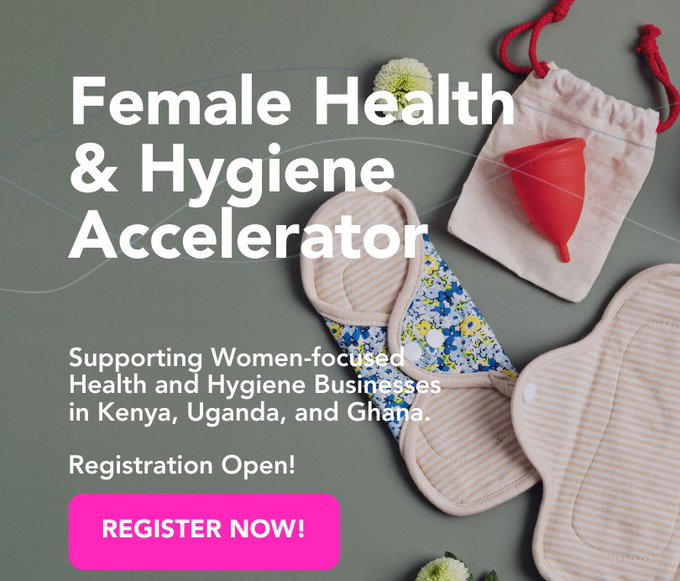
2021 UNICEF Innovation Fund Program for Tech Startups
Deadline: August 2, 2021.
The UNICEF Innovation Fund is looking to make up to $100K equity-free investments to provide early stage (seed) finance to for-profit technology start-ups that have the potential to benefit humanity.
THE CHALLENGE
Nearly 4 billion people (29% of whom are 18-24 year-olds) remain unconnected from the internet, and by extension unconnected to digital products that could dramatically improve their lives. COVID-19 has put a spotlight on the digital divide within, between countries and regions, making access to digital platforms and services a key priority.
The world is facing a learning crisis. More children and young people than ever before are enrolled in school – but 250 million remain out of school and are not developing the skills they need to break out of poverty. Quality of and access to education and skills-development opportunities are limited – especially for the most marginalized children and young people, including girls, and children with disabilities.
The pandemic has also further exacerbated inequities in access to public health and healthcare services for children and adolescents. While children appear to be largely spared the direct mortality impacts of COVID-19, the indirect effects stemming from strained health systems threaten to reverse decades of progress. Now more than ever, we need to accelerate impact in health, including childhood immunizations, to make sure children and adolescents survive and thrive and reach the Sustainable Development Goals (SDGs). The crisis is also disproportionately affecting young people’s mental health, their well-being, and their future.
The growth of technology and online tools means we can deliver learning, health and psycho-social support opportunities anywhere, at any time.
ELIGIBILITY
They are currently looking to invest in companies that are using machine learning (ML), artificial intelligence (AI), or data science (DS) technologies to build software solutions that respond to the following questions:
Area 1: Are you creating platforms for personalized services? Or are you providing tools to automate processes and decision-making?
- Adaptive learning solutions that can support self-learning and/or enable teachers to offer greater personalization of learning
- Online solutions using AI for personalizing or adapting content and information in multiple languages
- AI-powered voice assistants and chatbots to provide personalized help and guidance, for children, teachers and healthcare workers (including community health workers and including mental health and psychosocial well-being)
- Software that can review trends, identify mistakes and assess performance, including but not limited to health diagnostics, automated assessments, etc.
- Tools for converting content into universally designed/accessible formats, such as text to speech; image to speech including predictive structure (AAC); and sign language avatars
Area 2: Are you building tools to optimize system performance for greater access to and delivery of services? Or are you trying to use data science, machine learning or artificial intelligence techniques to generate new insights from data?
- Applying optimization techniques to improve service delivery (health), resource allocation (connectivity) or content delivery (education)
- Using ML/AI to understand the relationships between different variables that impact development indicators (i.e. learning, socio-economic, health, or infrastructure).
- Predictive analysis to understand changes in the world such as new patterns, risk factors or contributors to pathologies and adverse outcomes, or diagnostic protocols and models
- Using Natural Language Processing (NLP) or similar techniques to analyze large amounts of text, for example job market trends or predict efficiency in supply tracking and allocation of resources
Area 3: Are you generating and curating data for any of the above?
- Gathering and combining existing data from different sources
- Generating new data through field data collection, crowdsourcing or social network platforms
- Building solutions to measure and monitor delivery of services (e.g. in health, education)
- Using novel approaches to generate, as well as to validate, large amounts of training data



